How to Make Your Products More Environmentally Friendly

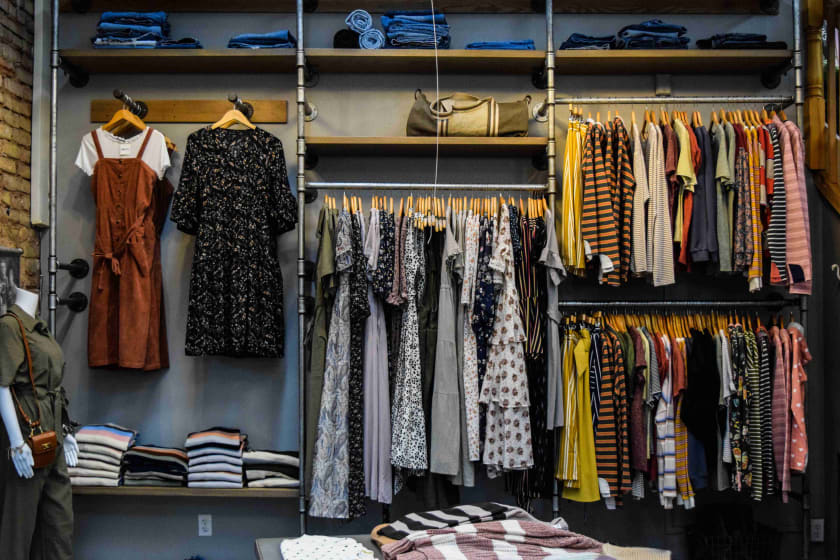

Summary: The fashion industry accounts for almost 10% of the global carbon footprint. It also leaves behind a massive waste of resources and manufactured products. The best recourse is to increase the use of natural fabrics and reduce dependence on polyethylene and fossil-fuel fabrics. Efficient processes can greatly help in making products more environment-friendly.
The global fashion and apparel industry was worth a staggering $1.5 trillion in 2021. This value is expected to touch $2 trillion over the next four years. Such a massive chain of producers, vendors, manufacturers, and customers leaves a huge waste burden and carbon footprint impacting the environment.
The fashion industry alone, according to studies, is responsible for 10% of the total carbon footprint. Unfortunately, natural and processed fabrics also result in about 20% of the wastewater on the planet. This is why an increasing number of brands have started complying with best environmental practices and innovating their product line to make fashion sustainable.
The 10 Commandments of Sustainable Fashion
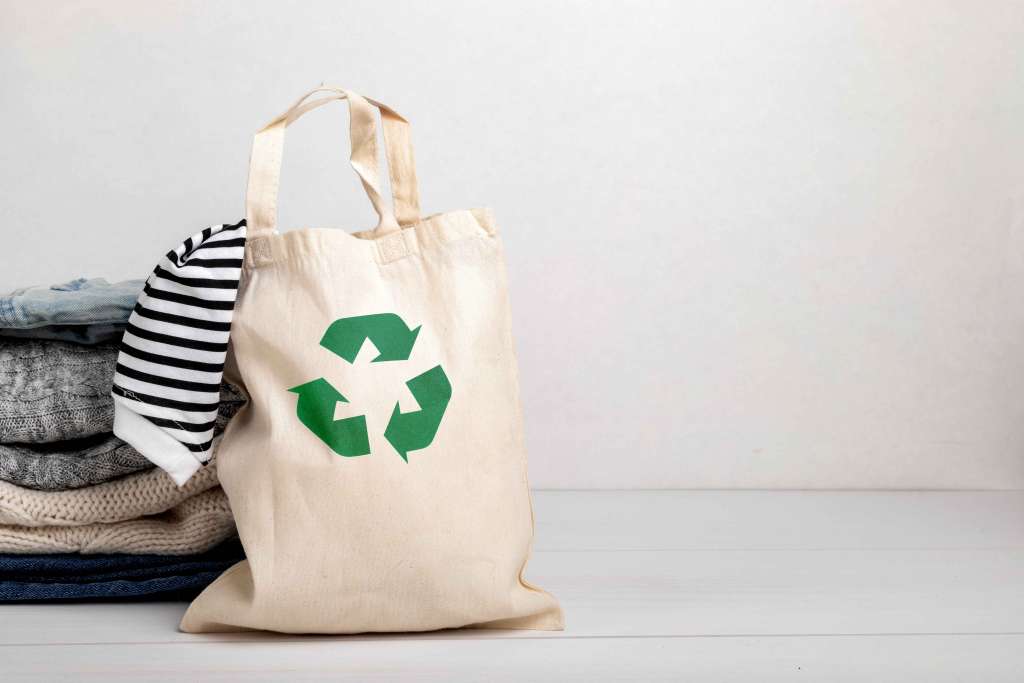
A disciplined approach with creative innovation can go a long way to make fashion products more environmentally friendly. Here are the 10 golden tickets to long-term sustainable fashion.
1. Green and Ethical Fashion
The best way forward in sustainable fashion is also the most simple.
Go green!
Green and ethical fashion go hand-in-hand. It is not just preferring naturally grown fabric materials but also ensuring animals are not harmed in the manufacturing process. This cannot be done in a sweeping stroke of removing any synthetic fibers. The ideal way would be to increase the use of natural fibers and fabric blends with man-made fibers.
2. Non-Toxic and Low-Impact Dyes
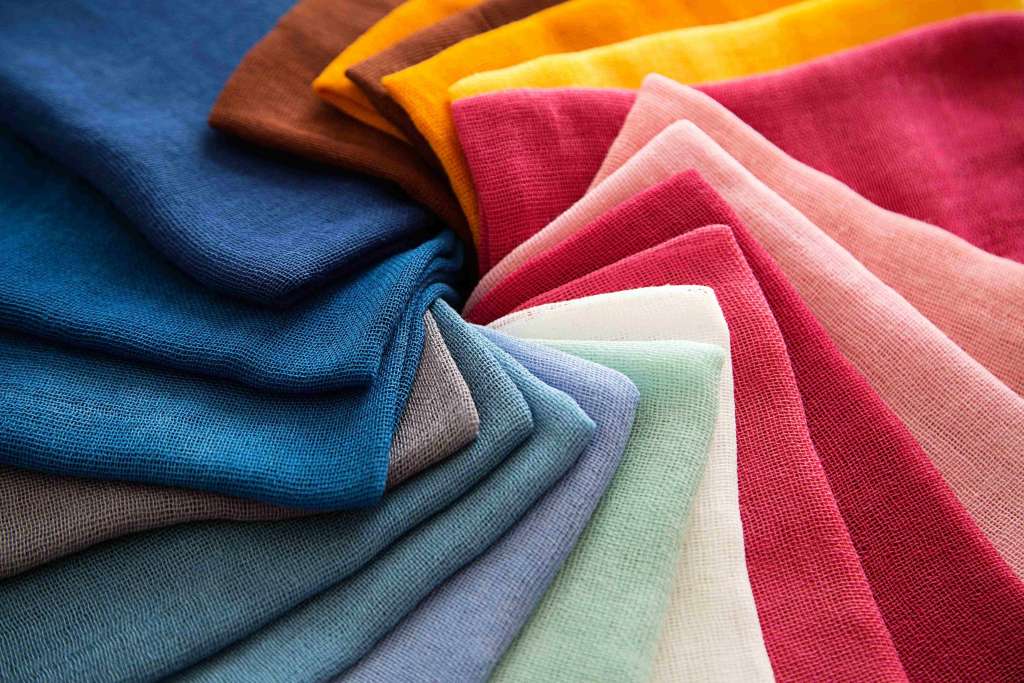
Most chemicals used in bleaching, dyeing, and coloring fabrics end up as toxic waste. They contaminate the soil and underground aquifers that are responsible for replenishing the water table. Procuring low-impact dyes have a high-absorption rate making them more environment-friendly as they need less rinsing and consequently, watering.
3. Minimize the Use of Fossil-Fuel Fabrics
Fibers made from fossil fuels such as polyester and acrylic are derivatives of plastic. This is why they become hazardous waste over some time. A Vox research quoting a study stated that synthetic fabrics shed microfibres that are reaching the oceans. They end up killing marine life or altering their habitats.
4. Recycle and Upcycle Fabrics
Millions of tons of clothing material land at the dumping sites every year. Recycling them would reduce dependence on virgin resources. Making use of cut pieces and upcycling manufacturing wastes makes a brand more environment-friendly.

5. Second-hand shopping
There is a huge market for second-hand shopping. The newer generation is more adoptive of second-hand fashion products. No wonder, the market for second-hand fashion labels is expected to cross $51 billion in 2023. Brands should promote second-hand shopping. After all, it is better to have the product in use than at a waste site.
6. Procure Judiciously
Efficient supply line logistics and procurement can ensure the perils of over-ordering are moderated. Since, fashion is a dynamic industry with changing trends, procuring judiciously also saves entrepreneurs from the piling of dead stock.
7. Unisex Designs
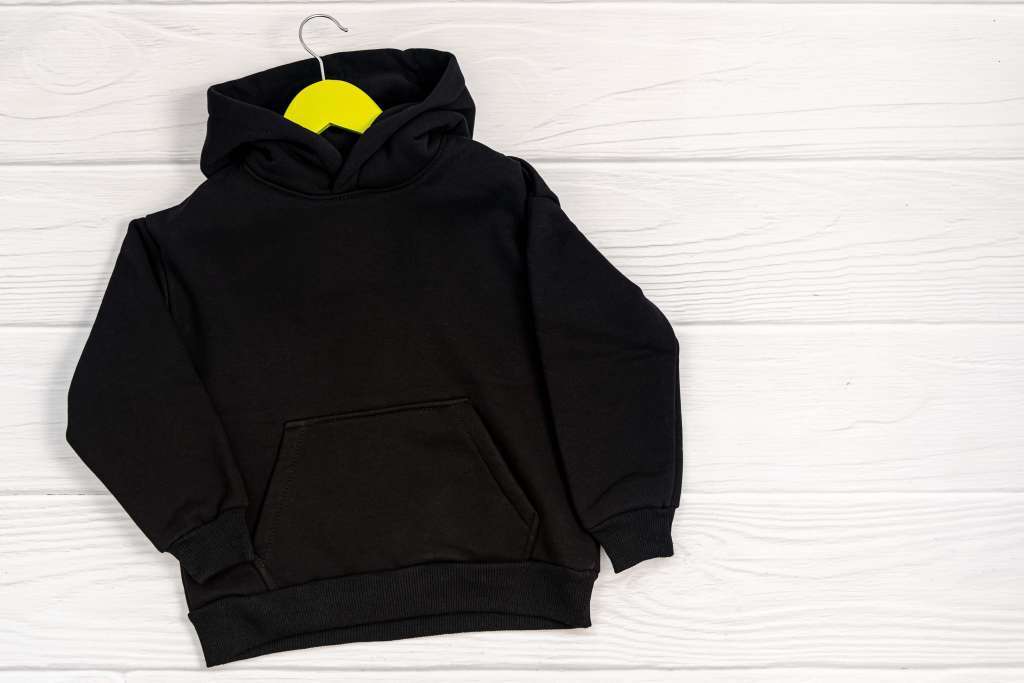
One of the cleanest ways to leap into environment-friendly products is to go for a unisex design of clothes. This allows more people to wear the same set of clothes and reduces the dependence on new raw materials and fibers.
8. Custom Clothing
Niche brands can set the way for eco-friendly fashion products by expanding their customized clothing range. Customized or tailor-made clothing relies heavily on environment-friendly fabrics and processes. They also bring in the advantage of personalized fits and shopping experiences.
9. Manufacturing Away From Ecological Zones
Eco-fashion is not just about innovating better ways to make the products environment-friendly. They necessarily involve respecting the natural habitats of different species while setting up manufacturing plants.
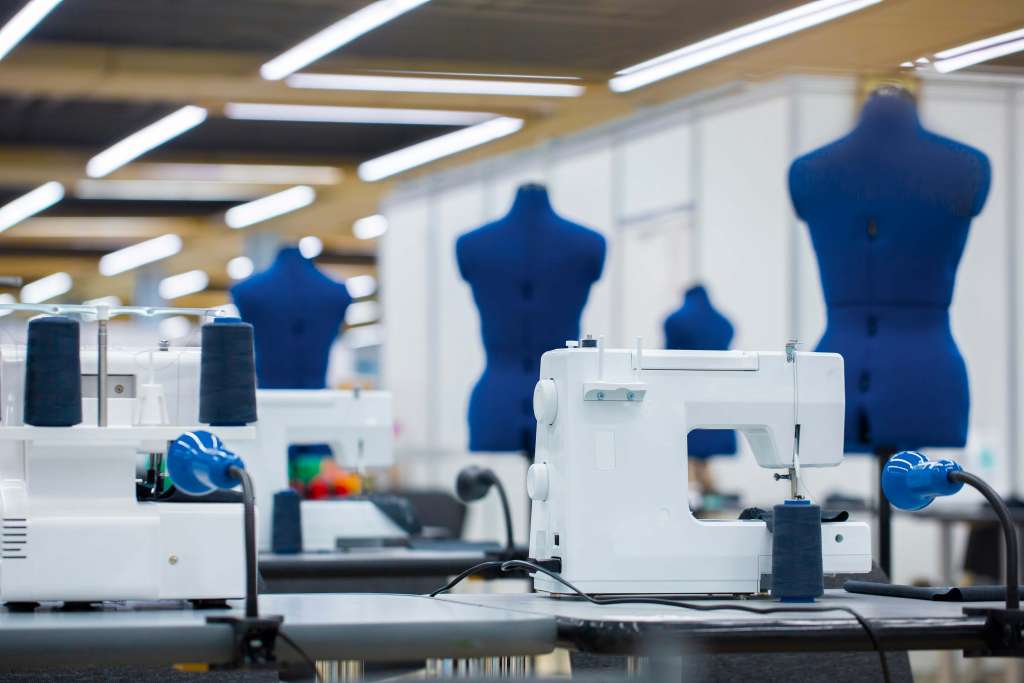
10. Cut Down on Resource-Intensive Fabrics
When outsourcing, it is important that manufacturing does not exploit already scarce resources in that region. For instance, outsourcing treating or dying fabrics to a country with an acute water crisis is neither ethical nor eco-friendly.
Environmental impact assessment on energy, water, and land resources must be made to cut down on procurement of resource-intensive fabrics or remodel the outsourcing plan to areas that offer more environment-friendly options.
Making the Right Cut
Optimum utilization of resources is a key component of sustainable fashion. Small measures such as judicious procurement, reduction in dead stock, promoting second-hand shopping, and recycling and upcycling of the materials will cut down on wastage and reduce the unnecessary draw on resources. The silver lining is that fashion labels can make their products and processes more environment-friendly by making such smart and informed choices.
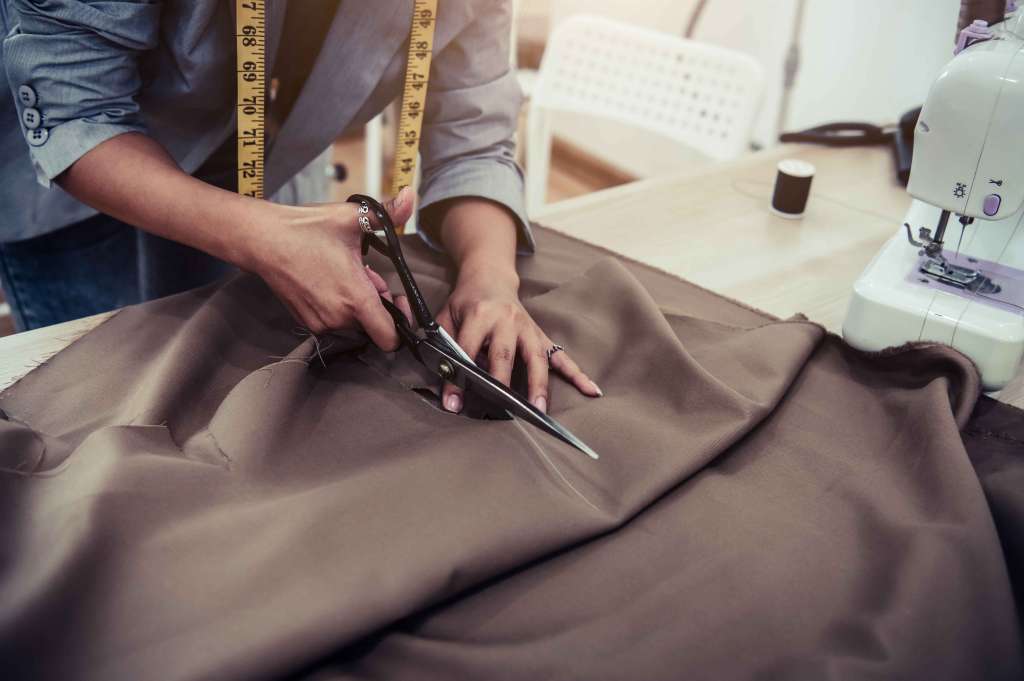
Key Takeaways
- Opting for natural fabrics makes sense but eliminating man-made fabrics without affordable and viable options is at best a class-deaf action.
- Only a minority of people will benefit from natural fabrics for environment-friendly fashion. This is neither practical nor inclusive.
- At present 60% of the fabrics are synthetic. Going forward, fashion brands can make conscious attempts at bringing down the use of synthetic materials.
Fashinza’s cutting-edge platform powered by state-of-the-art AI helps brands make the right choice and plan their procurement judiciously, thereby reducing wastage. Our clients get access to the best materials through a dedicated network of global suppliers.
If you’re looking to make your business eco-friendly, connect with us at Fashinza today!



















